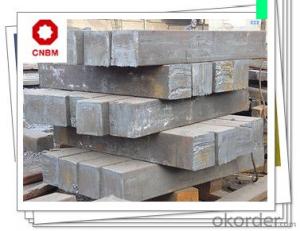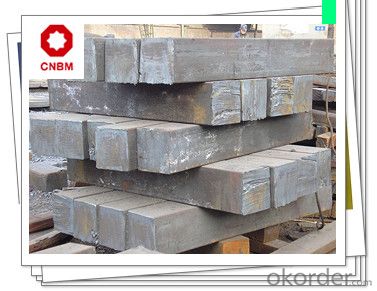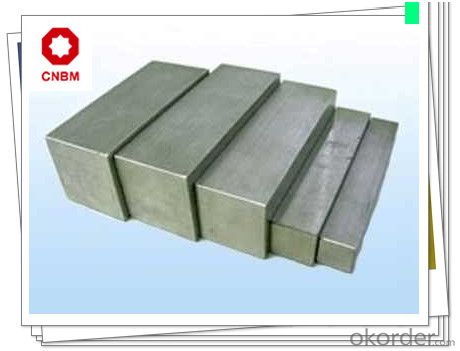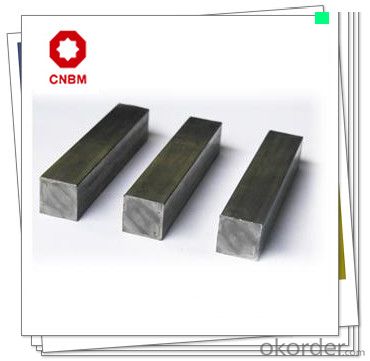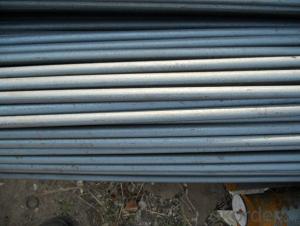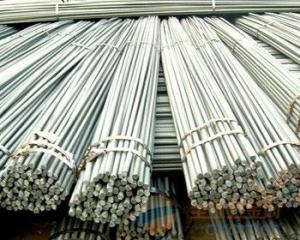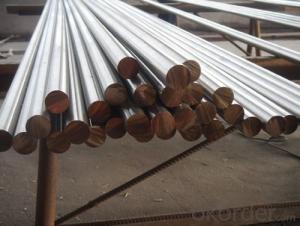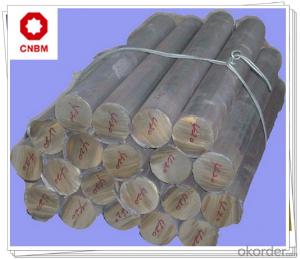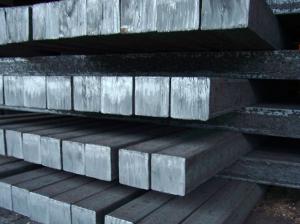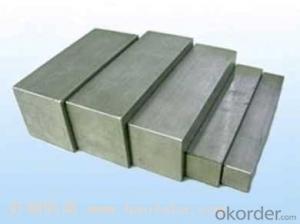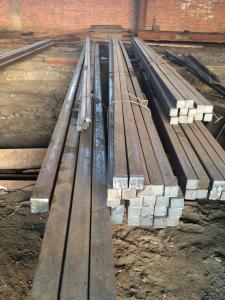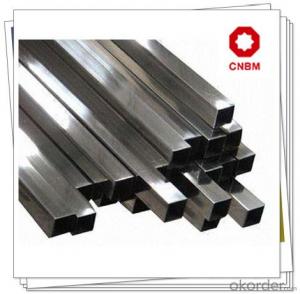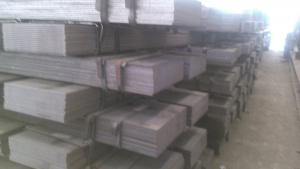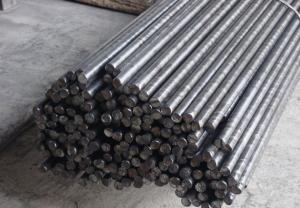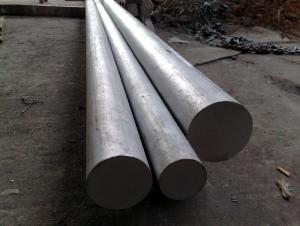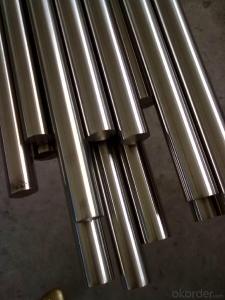Carbon Structural Steel Square Bars Q235CR
- Loading Port:
- Shanghai
- Payment Terms:
- TT OR LC
- Min Order Qty:
- 25 m.t.
- Supply Capability:
- 120000 m.t./month
OKorder Service Pledge
OKorder Financial Service
You Might Also Like
Carbon Structural Steel Square Bars Q235CR
Product Specification
1, Chemical Composition %
| Grade | C | Si | Mn | S | P | Cr |
| Q235CR | ≤0.22 | ≤0.35 | ≤1.4 | ≤0.050 | ≤0.045 | ≥0.30 |
2, Mechanical Properties
| Strength of Extension σb | Yield Strength σs | Elogation δ5 |
| 375-500 Mpa | ≥235 Mpa | ≥25 % |
3, Diameter: 9mm, 9.8mm, 10mm, 12mm, 12.5mm, 13mm, 15mm, 15.87mm, 16mm, 19mm,
20mm, 22mm, 25mm, 25.4mm, 28mm, 38mm, 50mm, 51.5mm, 53mm, 65mm, 75mm, 100mm
Application
1, Widely used in construction and engineering structure.
2, Widely used in making reinforcing steel bar or building plant room rack, high voltage transmission tower, bridge, vehicle, boiler, vessel, ship, etc.
3, Widely used in manufacturing mechanical parts which are not required to be with high performance.
4, Q235CR with grade C or D can be used as steel with special use.
5, Can be used in making all kinds of mould hand and other unimportant mould parts.
6, Can be used as punch material.
Product Main Points
1, Heat Treatment: normalizing, annealing, tempering, quenching
2, Surface Treatment: black, grinding, bright, polish
3, Product Process: hot rolled, cold drawn, forged
Product Show
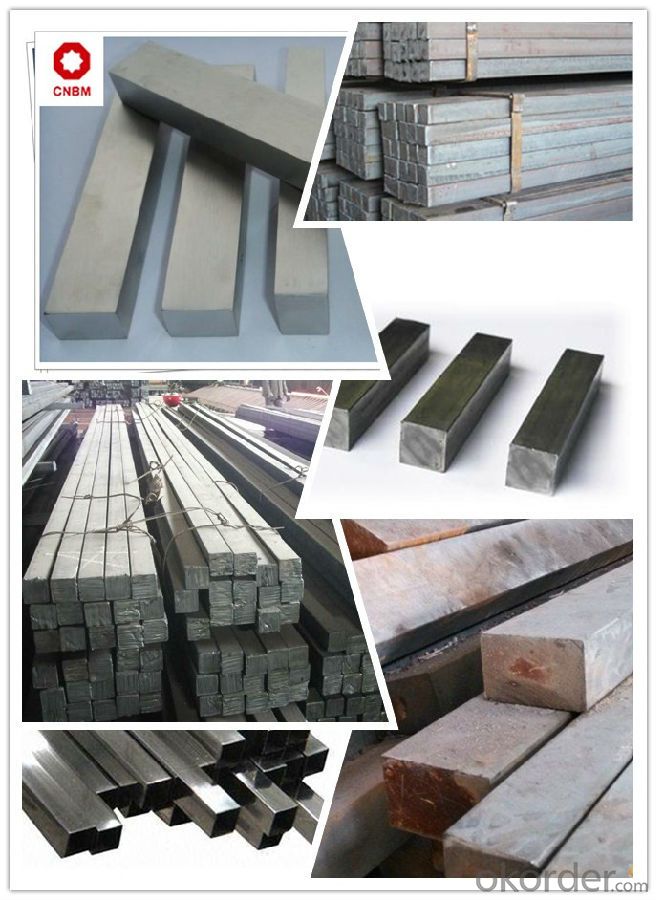
Work Shop
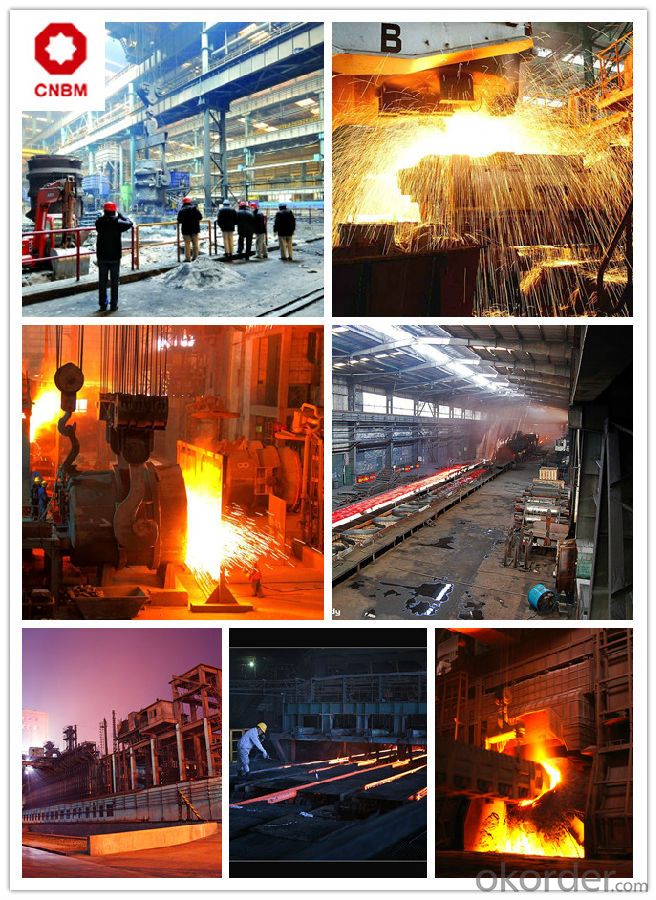
About Us

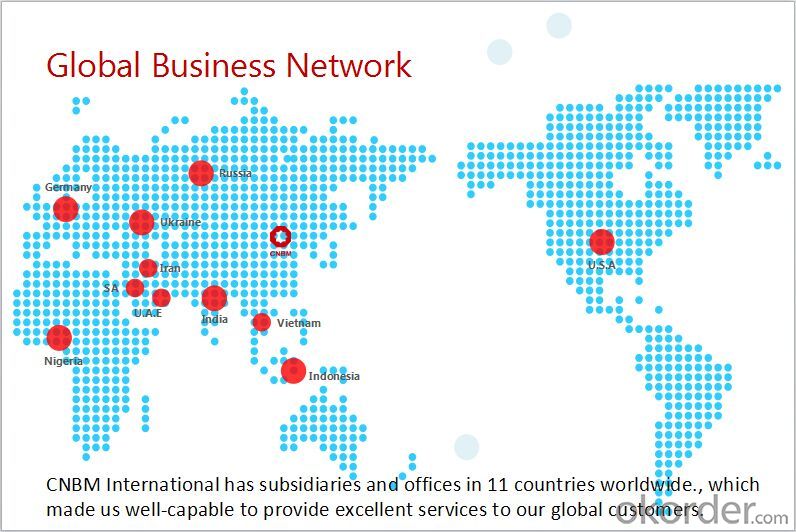
- Q: What are the different welding techniques for steel round bars?
- There are several different welding techniques that can be utilized for steel round bars. Here are some of the most common ones: 1. Shielded Metal Arc Welding (SMAW): Also known as stick welding, SMAW is a popular technique for welding steel round bars. It involves using a consumable electrode coated in flux to create an electric arc between the electrode and the workpiece, melting the base metal and creating a weld. 2. Gas Metal Arc Welding (GMAW): Commonly referred to as MIG (Metal Inert Gas) welding, GMAW is another widely used technique for welding steel round bars. It involves feeding a wire electrode through a welding gun, where it combines with a shielding gas to produce a weld. 3. Flux-Cored Arc Welding (FCAW): Similar to GMAW, FCAW uses a continuously fed electrode. However, instead of using a solid wire electrode, it uses a tubular electrode filled with flux. This flux helps protect the weld from contamination and provides additional strength. 4. Gas Tungsten Arc Welding (GTAW): Also known as TIG (Tungsten Inert Gas) welding, GTAW is a precise and versatile technique suitable for welding steel round bars. It involves using a non-consumable tungsten electrode to create an arc, while a separate filler rod may be used to add material to the weld. 5. Submerged Arc Welding (SAW): This technique is commonly used for heavy-duty applications, such as welding steel round bars for structural purposes. It involves submerging the arc and the welding zone in a layer of granular flux, which protects the weld from contamination and provides a deep penetration weld. Each of these welding techniques has its advantages and is suitable for specific applications. The choice of technique will depend on factors such as the thickness of the round bars, the required strength of the weld, and the accessibility of the welding site. It is important to carefully consider these factors and select the appropriate welding technique to ensure a strong and durable weld on steel round bars.
- Q: Can steel round bars be used in outdoor applications?
- Indeed, outdoor applications can make use of steel round bars. Steel, being a robust and long-lasting material, possesses corrosion resistance, thus rendering it suitable for outdoor purposes. Construction, manufacturing, and infrastructure projects frequently employ round bars to offer structural support and reinforcement. Furthermore, steel round bars exhibit the ability to withstand diverse weather conditions, such as rain, snow, and extreme temperatures, while retaining their strength and integrity. Nevertheless, it is crucial to carefully choose the most suitable type of steel for the specific outdoor application to guarantee optimal performance and longevity.
- Q: Can steel round bars be used in high-temperature applications?
- Yes, steel round bars can be used in high-temperature applications. Steel is known for its strength and durability, and it can withstand high temperatures without deformation or loss of structural integrity. However, the specific type of steel and its composition will determine its suitability for high-temperature applications. Stainless steel, for example, has excellent heat resistance and can be used in a wide range of high-temperature environments. Additionally, certain alloy steels are specifically designed for use in high-temperature applications, such as those found in the aerospace or petrochemical industries. It is important to consult with experts and consider the specific requirements of the application to ensure the appropriate steel round bars are chosen for high-temperature conditions.
- Q: What are the different types of steel round bar heat treatments?
- Some common types of heat treatments for steel round bars include annealing, normalizing, quenching and tempering, and case hardening.
- Q: How do you calculate the maximum allowable stress for a steel round bar?
- To calculate the maximum allowable stress for a steel round bar, several factors need to be taken into consideration. The maximum allowable stress represents the maximum amount of stress that the material can withstand before it starts to deform or fail. 1. Determine the material properties: Steel round bars come in various grades, each with their own unique material properties. These properties include the ultimate tensile strength (UTS), yield strength, and elongation percentage. These values can typically be found in material specification documents or reference books. 2. Identify the design factor: The design factor, also known as the safety factor or factor of safety, is a multiplier applied to the maximum stress to ensure the structure or component is safe and can handle unexpected or dynamic loads. The design factor can vary depending on the application and industry standards. Common values are between 1.5 and 4. 3. Calculate the allowable stress: The allowable stress is calculated by dividing the yield strength of the material by the design factor. This ensures that the structure or component operates within a safe stress range. The formula can be expressed as: Allowable Stress = Yield Strength / Design Factor. For example, if a steel round bar has a yield strength of 300 MPa and a design factor of 2, the maximum allowable stress would be 150 MPa (300 MPa / 2). This means that the steel round bar can safely withstand a maximum stress of 150 MPa before the risk of deformation or failure. It is important to note that the maximum allowable stress is just one aspect of designing a structure or component. Other factors such as fatigue, environmental conditions, and load distribution should also be taken into account to ensure a safe and reliable design. Consulting relevant engineering codes, standards, and professional guidance is highly recommended when calculating the maximum allowable stress for a specific application.
- Q: What are the different surface treatments available for steel round bars?
- There are several different surface treatments available for steel round bars, each designed to enhance the material's properties and improve its overall performance. Some common surface treatments for steel round bars include: 1. Hot-dip galvanizing: This process involves immersing the steel round bars in a bath of molten zinc, forming a protective coating on the surface. Hot-dip galvanizing provides excellent corrosion resistance, making it suitable for outdoor applications or environments where the steel is exposed to moisture. 2. Electroplating: Electroplating is the process of depositing a thin layer of metal onto the surface of the steel round bars using an electric current. This treatment can provide enhanced corrosion resistance, improved appearance, or specific functional properties, depending on the metal used for electroplating. 3. Powder coating: Powder coating involves applying a dry powder paint to the surface of the steel round bars, which is then cured by heat to form a protective and decorative coating. This treatment offers excellent durability, resistance to corrosion, and a wide range of color options. 4. Black oxide coating: Black oxide coating is a chemical treatment that creates a dark, matte finish on the surface of the steel round bars. It provides moderate corrosion resistance and enhances the material's appearance, making it suitable for decorative or non-reflective applications. 5. Chrome plating: Chrome plating is a process of electroplating a thin layer of chromium onto the surface of the steel round bars. This treatment enhances corrosion resistance, improves wear resistance, and provides a shiny, reflective finish. 6. Nitriding: Nitriding is a heat treatment process that diffuses nitrogen into the surface of the steel round bars, forming a hardened layer. This treatment improves the material's hardness, wear resistance, and fatigue strength, making it suitable for applications requiring high strength and durability. 7. Anodizing: Anodizing is commonly used for aluminum, but it can also be applied to steel round bars. This electrolytic process creates a protective oxide layer on the surface, enhancing corrosion resistance and providing a decorative and durable finish. These are just a few examples of the different surface treatments available for steel round bars. The choice of treatment depends on the specific requirements of the application, such as corrosion resistance, wear resistance, appearance, or functional properties needed.
- Q: Are steel round bars used in the manufacturing of machinery?
- Yes, steel round bars are commonly used in the manufacturing of machinery. They are often utilized for various components such as shafts, gears, and axles due to their high strength, durability, and versatility.
- Q: Can steel round bars be used for making tie rods?
- Yes, steel round bars can be used for making tie rods.
- Q: What is the maximum phosphorus content allowed for steel round bars?
- The maximum phosphorus content allowed for steel round bars typically ranges from 0.04% to 0.10%.
- Q: Can steel round bars be bent or shaped?
- Yes, steel round bars can be bent or shaped using various methods such as heating, mechanical force, or specialized equipment like hydraulic presses.
Send your message to us
Carbon Structural Steel Square Bars Q235CR
- Loading Port:
- Shanghai
- Payment Terms:
- TT OR LC
- Min Order Qty:
- 25 m.t.
- Supply Capability:
- 120000 m.t./month
OKorder Service Pledge
OKorder Financial Service
Similar products
Hot products
Hot Searches
Related keywords
